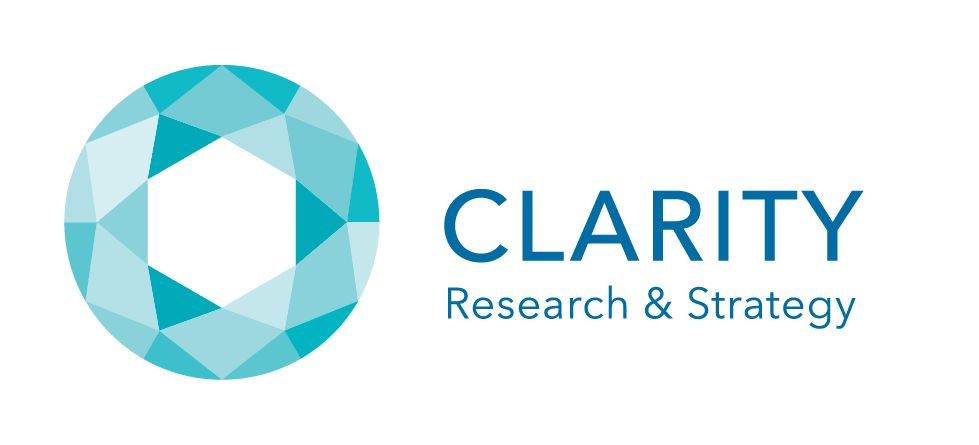Every day, marketing teams are bombarded with predictions, “game-changing” tools, and endless advice on what’s next. It’s exciting—but it can also feel like static, making it hard to discern what truly matters. In this whirlwind, some trends are fleeting fads, while others signal a genuine shift in the market. Understanding which is which isn’t just helpful—it’s essential for making smart strategic choices.
This is where signal vs noise market research becomes indispensable. It’s the compass that helps businesses navigate the clutter, so you can invest your time, budget, and energy where it truly counts.
Understanding the Challenge: Why Signal vs Noise Matter
Marketing leaders and agency teams face a relentless flood of data, trends, and industry advice. From social media metrics to emerging tech trends, distinguishing actionable insights from hype is more challenging than ever.
Falling for “noise” can be costly. Companies may chase temporary fads, allocate budgets poorly, or miss critical opportunities. On the flip side, ignoring genuine signals can leave brands behind competitors who are more attuned to the market’s pulse.
The key takeaway: Not all trends are created equal. Recognizing what truly moves the market requires structured, strategic research—not gut instinct alone.
Cutting Through the Noise: How Research Reveals Market Reality
Signal vs noise market research is about more than just data collection—it’s about interpretation, context, and actionable insight. Here’s how smart research can guide decision-making:
- Identify Genuine Trends vs. Fads
Every trend or buzzword circulating in the market may not hold real strategic value. Signal vs noise market research helps teams dig deeper to see if a trend reflects enduring changes in customer behavior or is just temporary hype. For example, an AI tool may generate enormous excitement, but research can reveal whether early adopters are influencing broader market adoption or if it’s a niche experiment unlikely to scale. By analyzing adoption patterns, engagement metrics, and competitor behavior, organizations can separate sustainable opportunities from short-lived fads. - Prioritize Resource Allocation
Budgets are limited, and every campaign decision matters. Research ensures that investments are directed toward initiatives with the highest potential return. By analyzing historical campaign performance, customer preferences, and category trends, teams can allocate resources to programs that align with market demand rather than chasing unproven hype. This approach minimizes risk, avoids wasted effort, and allows marketing dollars to generate measurable impact. - Spot Emerging Opportunities
Research uncovers subtle, early indicators of market change before they become obvious. These signals might appear in shifting customer sentiment, changing purchase behavior, or emerging competitor strategies. By interpreting these indicators correctly, businesses can act before trends become mainstream, gaining first-mover advantage. For example, detecting a growing interest in sustainable packaging or niche wellness products can allow brands to innovate or pivot ahead of the competition. - Enhance Strategic Confidence
Data-driven insights empower teams to make decisions with conviction. When research provides evidence of what is truly influencing the market, marketing leaders can confidently justify strategies, communicate recommendations to stakeholders, and execute campaigns with certainty. Understanding the difference between signal and noise reduces reactive decision-making, allowing the organization to act decisively and with a clear sense of direction.
Tip: Look for patterns in customer behavior, social sentiment, and category performance—not just industry chatter. This is where signal emerges from the noise.
Putting Signal vs Noise Market Research Into Practice
To leverage research effectively, consider these strategic approaches:
- Combine Qualitative and Quantitative Data
The strength of research lies in understanding both the “what” and the “why.” Quantitative data, such as sales metrics, website analytics, or survey results, reveals patterns at scale. Qualitative insights from interviews, focus groups, and social listening explain the motivations behind these behaviors. Together, they create a complete picture, allowing teams to discern whether a trend is truly meaningful or just a statistical anomaly. - Benchmark Against Industry Standards
A trend might look significant internally, but research compares your performance and audience behavior to wider market norms. This benchmarking contextualizes signals, showing whether observed changes reflect a broader shift or are limited to a specific segment. For example, a spike in interest in a product feature may be impressive for one brand, but only by comparing against competitors can teams determine whether it represents a genuine market opportunity. - Track Over Time
True signals reveal themselves consistently, while noise spikes briefly and then fades. Longitudinal research—tracking trends over weeks, months, or even years—helps marketers distinguish transient excitement from meaningful, sustained change. Monitoring over time provides clarity on whether a shift in customer behavior is real and actionable, ensuring teams invest in initiatives with lasting impact. - Apply Critical Thinking
Research is only valuable when interpreted correctly. Teams must question assumptions, validate sources, and carefully analyze context. Not every trend or data point warrants action. By applying critical thinking to signal vs noise market research, organizations can avoid knee-jerk reactions, identify actionable insights, and build strategies grounded in reality rather than hype.
By embedding these practices into your decision-making, you move from reactive to proactive strategy—ensuring every initiative is rooted in reality.
Trust Research to Amplify Strategic Clarity
Separating signal from noise is more than an analytical exercise—it’s a competitive advantage. Businesses that harness signal vs noise market research gain the clarity to allocate resources effectively, seize opportunities, and lead with confidence.
For teams and leaders seeking sharper, stronger, and more effective strategies, CLARITY Research & Strategy acts as your trusted ally. Schedule a call today and explore our latest book: Three Wise Monkeys: How Creating a Culture of Clarity Creates Transformative Success. Discover how clarity in research translates into clarity in growth.





